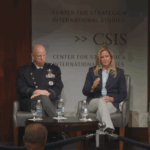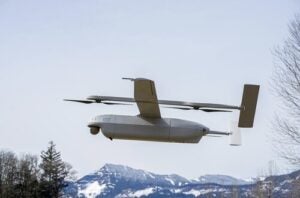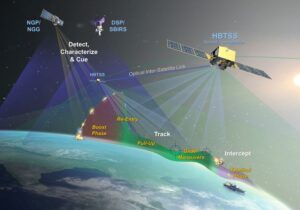
U.S. Air Force Secretary Frank Kendall said that the Department of the Air Force is finalizing its recommendation for the first "quick start" modernization program allowed under the fiscal 2024 National Defense Authorization Act, P.L. 118-31. Section 229 of the law "gives us the ability to start what would be a major new program without waiting for this whole [congressional appropriations] process," Kendall said on Feb. 8 at a RAND forum on the PPBE Reform Commission. "That's a breakthrough to…














